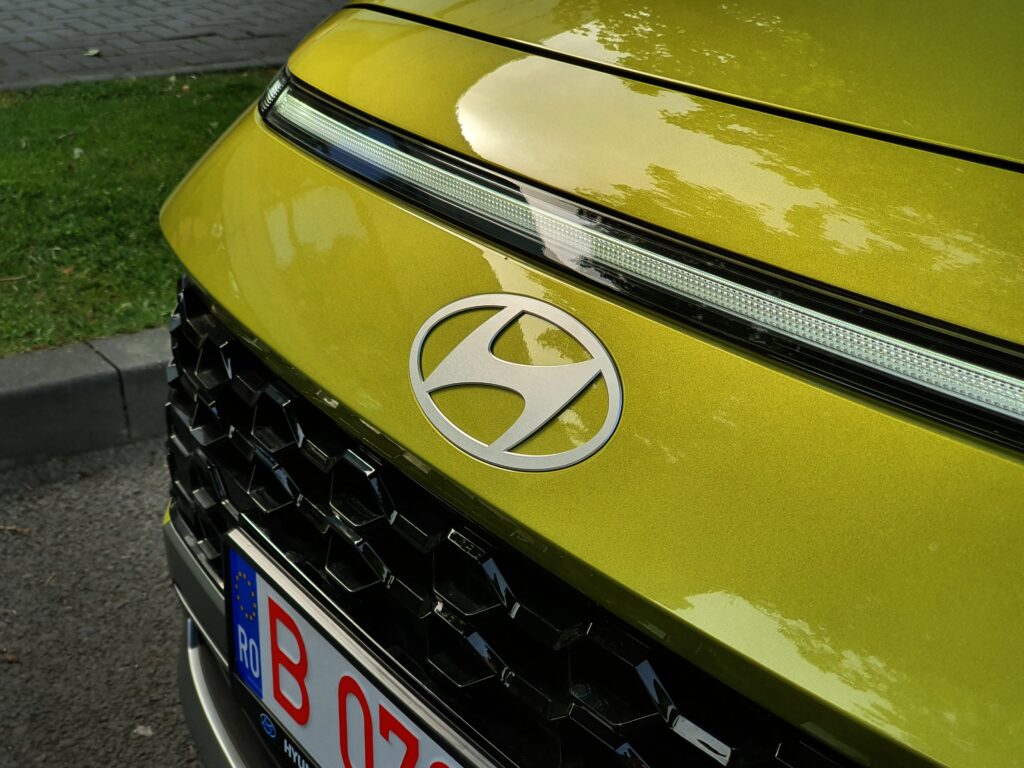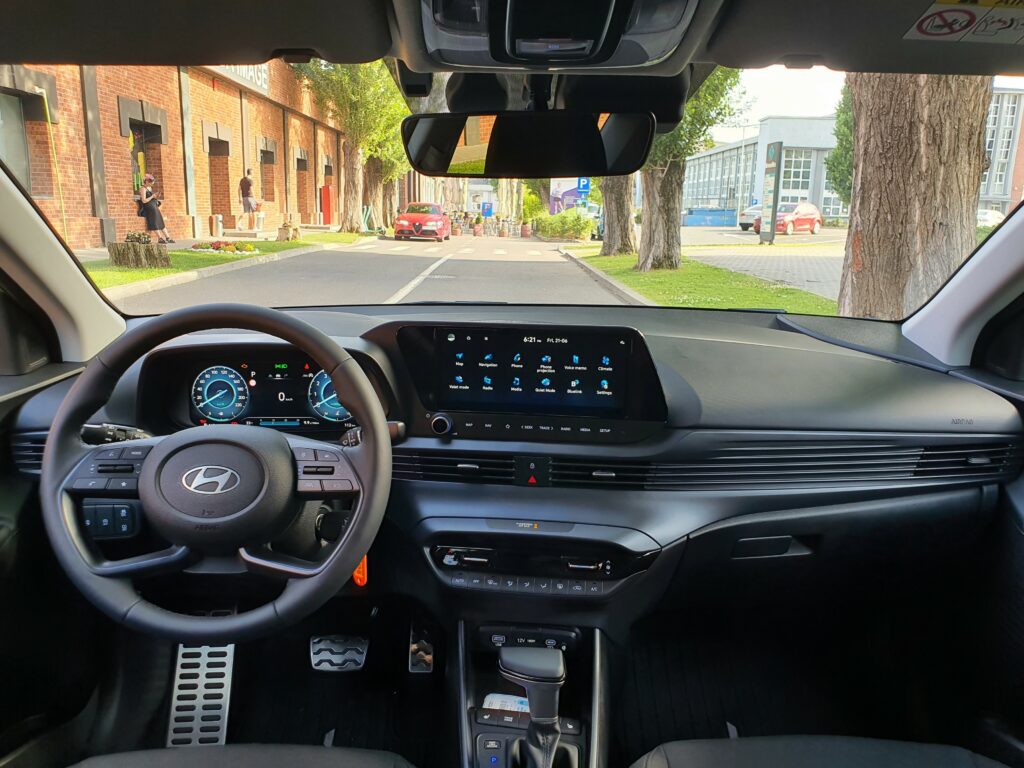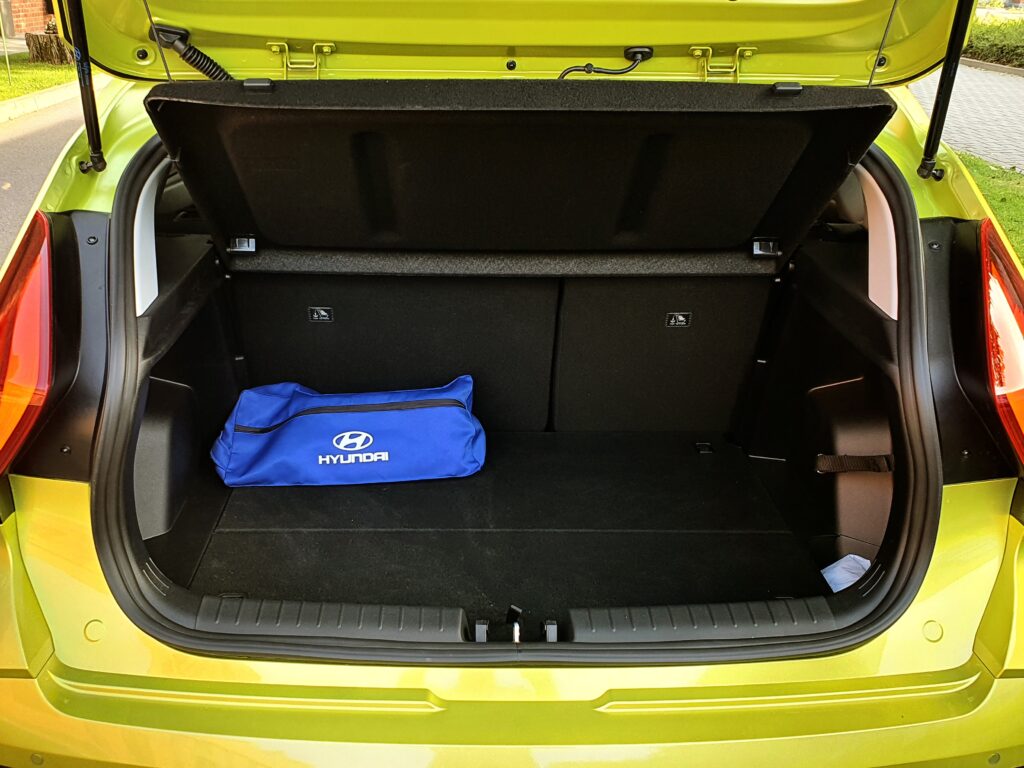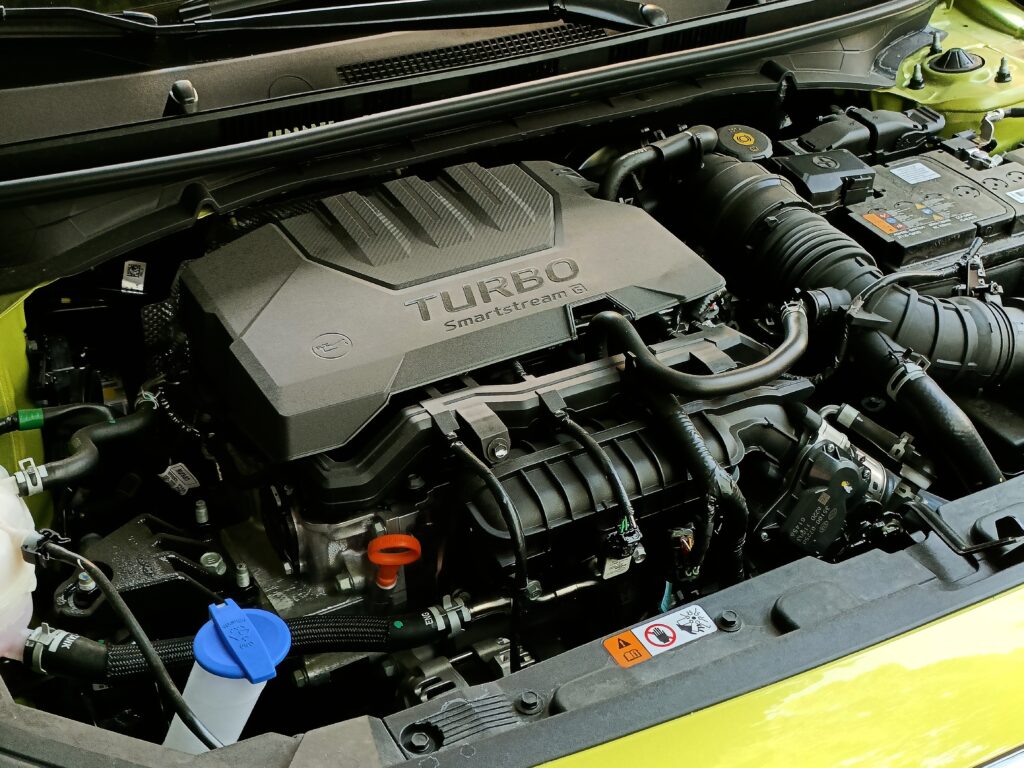What matters most when looking for a new car? Maybe the design, maybe the way it drives, but for many of us it’s very important how much car we get for the money we pay. The Hyundai Bayon is one of those cars focused on offering good value for money and has recently received a facelift.
We also took a test drive to see what changes the Korean manufacturer has made to the small crossover and whether it’s worth buying such a car, especially when the competition is getting bigger.
Launched in 2021, the Bayon came as a model to fill that gap until the Kona in Hyundai’s lineup of SUVs and crossovers. Given the fact that it shares the technical platform with the i20, it is a small, affordable model aimed at customers looking for SUV stature at an affordable price.
What are the cosmetic changes for 2024?
The update launched for the Bayon in 2024 brings some subtle changes to the exterior design. The facelift brought with it new bumpers, new wheel designs and changes to the optical blocks.
The front bumper has been redesigned and includes a new grille, above which sits the new two-dimensional Hyundai logo. A novelty for 2024 is the LED light strip, located above the taillights. This also houses the signal lights, and at night it gives the car a futuristic look, being a design element borrowed from the new Kona generation.

The rear has been upgraded with the new bumper, which uses less black plastic and includes a larger painted portion. However, Bayon kept its plastic guards which, although the car is not made for extreme off-road, will be of great help in the city, as they protect the car from possible accidents at low speeds and can be easily replaced.
What did we find new inside?
Fundamentally, the interior of Bayon has not changed much, what we are dealing with is a nuance of what we already knew. Hyundai chose to bring new upholstery models, but to keep the format of the dashboard and door faces, elements very similar to what we see in the Hyundai i20, being two related models.
Regardless of market, the Hyundai Bayon now comes standard with digital instrument cluster. The car also received a new 10.25-inch screen, which is used for the central infotainment system.

It responds well, offers decent graphics, and connectivity to the phone is quick, just beware that the wired connection port now uses USB-C. The digital dashboard provides all the information the driver needs and can be customized with several themes to choose from. The display can also be changed according to the chosen driving mode: Eco, Comfort or Sport.
How are the materials and how are we doing with the space?
Passenger and trunk space remained the same, which isn’t a bad thing. Even taller people can ride in the back, and the boot still measures 411 litres, good value in this subcompact segment. The implementation of the double floor increases the versatility in the trunk, and the dedicated space for storing the tray is a clever trick, so you don’t have to leave it tossed around the garage.

In the cabin we will generally find hard-to-touch materials, but this is not a surprise, given that we are talking about a budget car. If we look at rivals like the Dacia Sandero Stepway, the situation is very similar. Fortunately, the areas where we most often put our hand or elbow are covered with soft materials.
Also, the car received new models of upholstery, all textiles. The seats have ample adjustment, as does the steering column, plus the driving position is quite comfortable, but not very high, if that’s what you’re looking for from such an “SUV-ized” model.
Hyundai Bayon can no longer be bought with mild-hybrid engines
In the engine department, things are simple. There are two engines available on the Hyundai Bayon facelift. The first of them is the 1.2 liter, naturally aspirated, which produces 79 HP and 113 Nm. This four-cylinder engine can be mated exclusively to a five-speed manual transmission.

Then we have the turbocharged one-liter three-piston engine that produces 100 hp and 200 Nm of torque, mated to either a 6-speed manual transmission or a 7-speed dual-clutch automatic. I had this fixed for testing, in the top LED Line equipment.
If in the past this engine was assisted by an integrated electric starter/generator, this is no longer the case, as Hyundai has chosen to go with a purely thermal approach to the facelift. For this engine and transmission combination, Hyundai claims 0-100 in 12.4 seconds and a top speed of 176 km/h. The combined consumption reported by the manufacturer is 5.5 l/100 km.
How does the Hyundai Bayon fare in everyday life?
Easy to handle around town, comfortable enough on a long drive and roomy enough for a young family. The Bayon remains a city car at its core, being based on the i20. At 4.18 meters long, it is in the same area as the Dacia Sandero Stepway, which makes it easy to handle.
Controls are easy and the gearbox shifts well without being jarring in any way. Of course, we cannot ignore the fact that we are dealing with a three-piston engine, so its vibrations will be felt in the cabin, especially at low revs.

And here comes the biggest problem I have with this drivetrain. The automatic transmission changes gears quickly without jerking, but it often tends to understeer, so I often found myself needing to accelerate more decisively, and because I was in a higher gear, the box had to downgrade, and the engine had to reach the optimum speed for the turbine to load.
Thus, a few valuable seconds are lost, especially in the situation where you need to perform a quick maneuver. It’s a matter of getting used to, which can also be managed using the transmission’s manual mode when needed, but I’d like to see a little better calibration of the gearbox software.

Being a budget car, we are also interested in how economical it is to operate. In the city we obtained a consumption of 10.7 l/100 km, while on the national road the consumption was around 5-6 l/100 km. At the end of the test, I averaged 6.1 l/100 km.
ConCluSIonS
The Hyundai Bayon facelift brings some welcome updates and retains the ethos of offering an attractive package at a competitive price. The car got a more modern look thanks to the aesthetic changes made by the manufacturer.
The interior remains a simple space, with easy-to-use physical controls and unassuming materials, but it now receives an important technological input, which will play a big role, especially in the eyes of young people.
As for prices, the new Hyundai Bayon starts in Romania from 17,017 euros including VAT. A car like the one we tested, in the top LED Line trim and the 1.0-liter engine with automatic transmission, has a list price of 21,420 euros.
The video presentation of the new Hyundai Bayon can be watched below:
Source: www.promotor.ro


